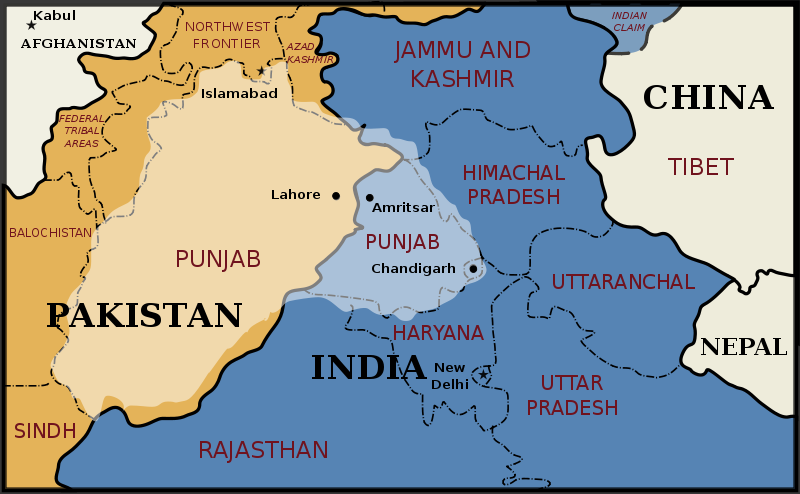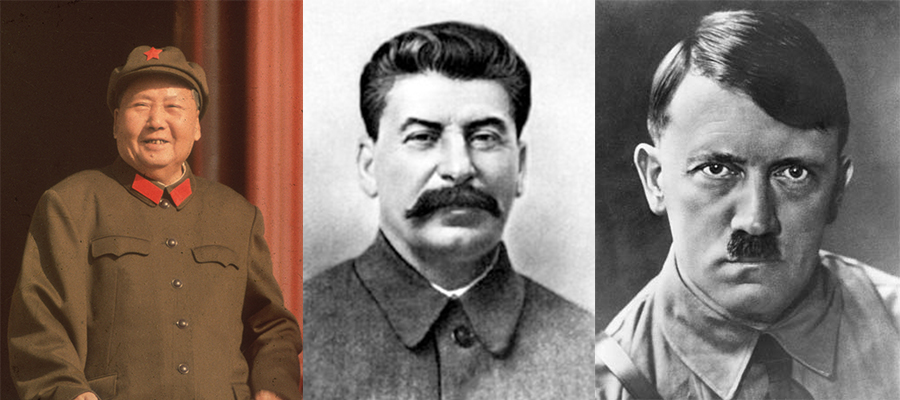I came across an old map of Punjab and immediately thought of writing this article. How many people know that who drew this border? The answer is Cyril Radcliffe. The information provided to Cyril Radcliffe who drew the borders and divided India and Pakistan once said that the information given to him about the geography, demographics and even the maps were…
Month: November 2017
Mass murderers in History
The 20th century witnessed death and slaughter on an unprecedented scale. It was the century of the Holocaust and two World Wars; of communist, Nazi, fascist and military dictators who between them killed more than 100 million people. The casualties of conflicts involving the U.S., the UK and France in Korea, Algeria, Vietnam, the Gulf, Afghanistan and Iraq are excluded…


